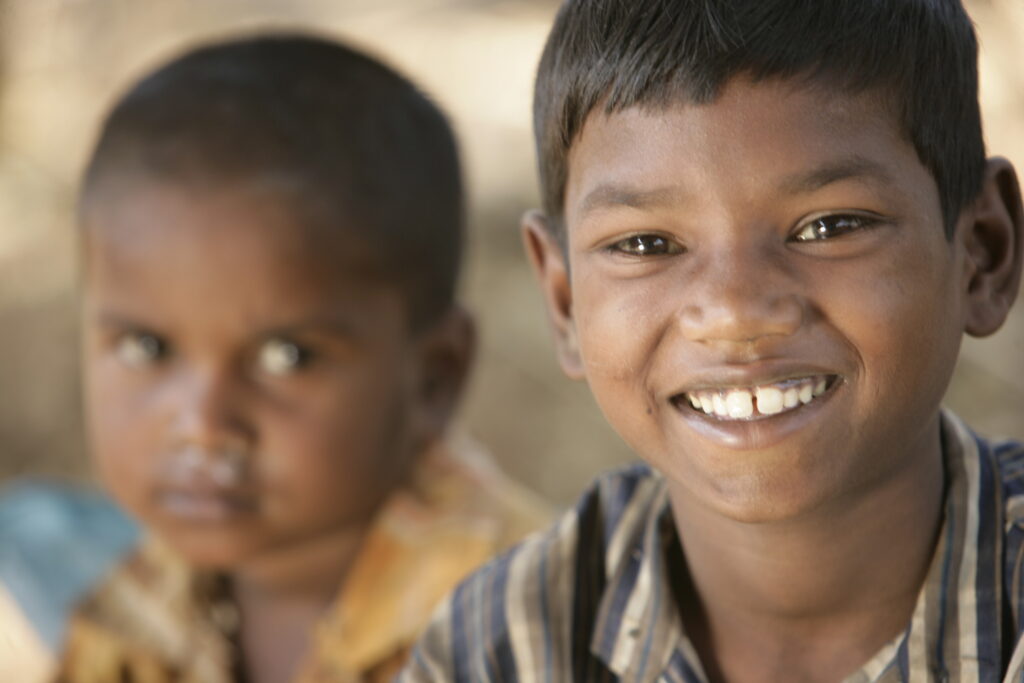
What is Child Labour? : Know Challenges, Solutions, and Empowerment
Children represent the future of any nation, and their well-being is directly linked to a society's progress. An environment that fosters their i....
Read More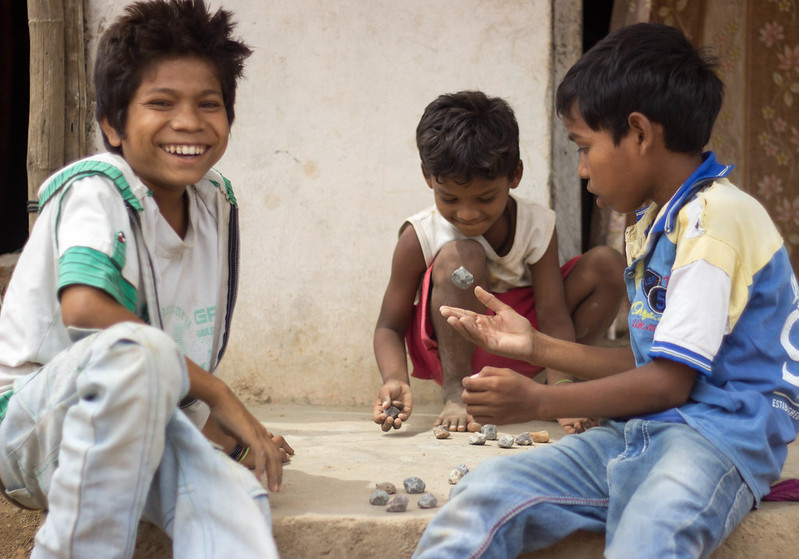
12th June is marked as World Day Against Child Labour across the globe. It aims to raise awareness and prevent child labour. The commemoration of this social cause is extremely important as in India itself, there are more than 10 million working children under the age of 14 (Census 2011). This occasion throws light on the need to take collective actions to help stop child labour and implement child rights with more urgency.
Child labour remains a grave issue that affects millions of children worldwide. Despite various efforts to eradicate it, the problem persists, robbing children of their childhood, education, and potential. This blog talks about the complexities of child labour, its impact, and the global initiatives aimed at combating it. Additionally, we explore how organizations like CRY India are working tirelessly to protect children from exploitation.
There are 472 million children in India which accounts for 40% of the country's population. Their rights must be protected at all times. This includes regular education, safety and protection, quality healthcare, and an opportunity for child participation. These fundamental rights are recognized by the government to help safeguard the overall well-being of children, including their physical, emotional, mental and social development.
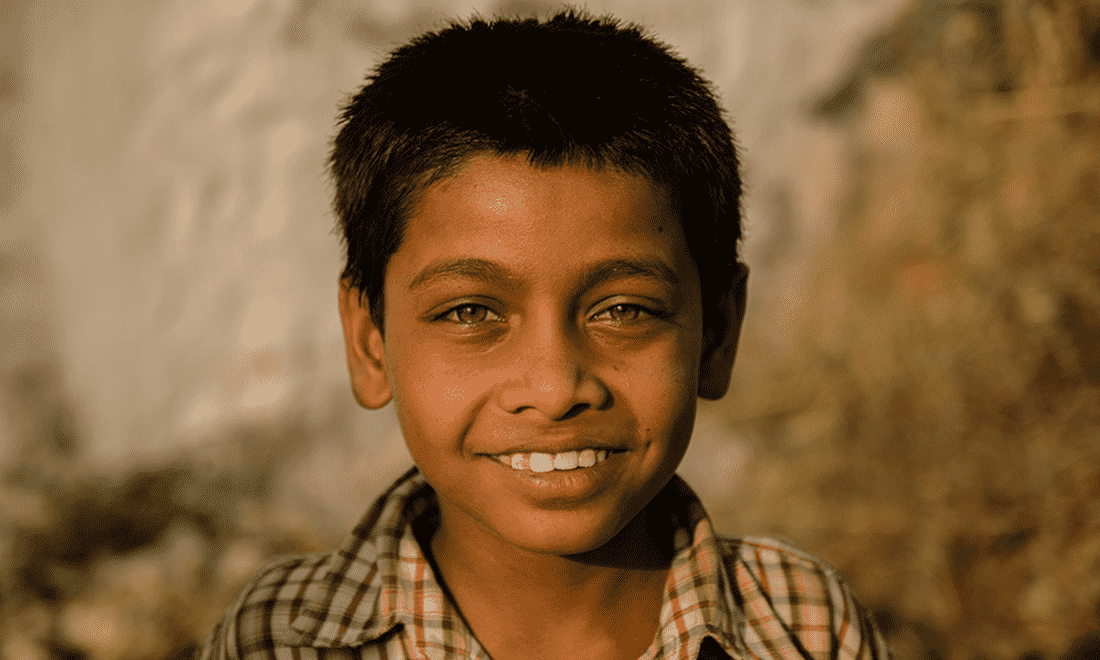
Child labour refers to the exploitation of children through any form of work that deprives them of their childhood, hinders their ability to attend regular school, and is harmful to their physical, mental, and social development. It encloses various forms of hazardous and non-hazardous work, often carried out under harsh conditions.
Unfortunately, the reality shows that according to Census 2011, there are 33 million working children in India between 0-18 years. In many poor families, children are required to take on economic roles to run the house and fend for the family members from an early age. The situation has gotten worse since the coronavirus outbreak last year as many underprivileged families have been falling deeper into the traps of poverty and illness. With limited access to employment opportunities or the loss of jobs of the main breadwinners of the family, children are being pushed into labour work at a more alarming rate.
The consequences of child labour are far-reaching and devastating. Children involved in labour are often subjected to physical, emotional, and psychological abuse. They miss out on education, which hampers their ability to secure better-paying jobs in the future, pushing them into an endless cycle of poverty. Additionally, child labour can lead to severe health issues due to exposure to dangerous work environments.
Engaging children in child labour robs them of their childhood as well as dignity. The impact of child labour is long-term and many times irreversible. Children who work in those impressionable years spend many hours in hazardous working conditions. Such environments (farms, factories, offices etc) are not safe for children. They are also more vulnerable to abuse and exploitation and are deprived of opportunities to learn and play. Such children are unable to nurture their skills and true potential. This leads to a cycle of poverty that includes daily wages and minimum or no quality job opportunities in the future.
Several international organizations are at the forefront of the fight against child labour. The International Labour Organization (ILO) has been instrumental in setting standards and conventions, such as the Minimum Age Convention and the Worst Forms of Child Labour Convention. These conventions provide a framework for countries to develop policies and laws to protect children.
Governments worldwide have implemented various policies and legislations to combat child labour. These include enforcing minimum age requirements for employment, mandatory education laws, and regulations to ensure safe working conditions. Effective legislation and its stringent enforcement are crucial in reducing child labour.
NGOs play a vital role in combating child labour by providing education, healthcare, and support services to affected children and their families. Organizations like Save the Children, UNICEF, and CRY India work at grassroots levels to create awareness, rescue children from exploitative situations, and rehabilitate them.
The World Day Against Child Labour, observed on June 12th, aims to raise awareness about the plight of child labourers and encourage action to eliminate it. This day highlights the global efforts needed to eradicate child labour and promote the rights of children to education, health, and a safe environment.
Empowering communities is essential in the fight against child labour. Community-based solutions involve educating parents about the importance of education and the long-term benefits of keeping their children out of the labour force. Community vigilance committees can monitor and report instances of child labour.
While many countries have laws against child labour, enforcement remains a challenge. Strengthening these laws and ensuring their strict implementation is crucial. This includes regular inspections, penalties for violators, and support for families to prevent them from resorting to child labour.
Collaboration between NGOs and corporations can create sustainable solutions to combat child labour. Corporations can ensure fair labour practices within their supply chains and support educational initiatives for children in vulnerable communities. Partnerships can amplify the impact of anti-child labour campaigns.
CRY is committed to creating a world where children’s rights are protected and honoured. CRY works through a range of initiatives to prevent child labour, including:
Last year CRY's impactful campaign "Don't Help Children, Help Them Continue Their Education" reached over 1.7 crore people, spreading vital awareness about child labour and the importance of sustained education. Over a month, more than 100 dedicated volunteers actively participated in various initiatives, leading to the collection of over 20,000 pledge signatures. The campaign, supported by Resident Welfare Associations (RWA) and the Mumbai Police, underscored the collective effort needed to ensure children remain in school, emphasising that real help means empowering children through education rather than short-term solutions.
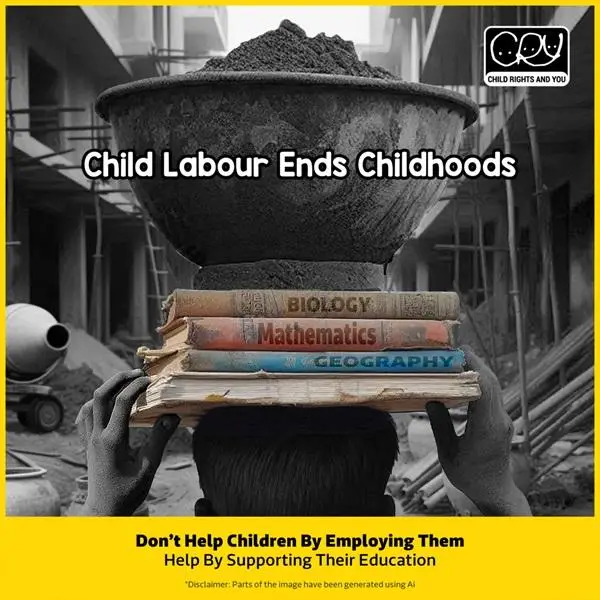
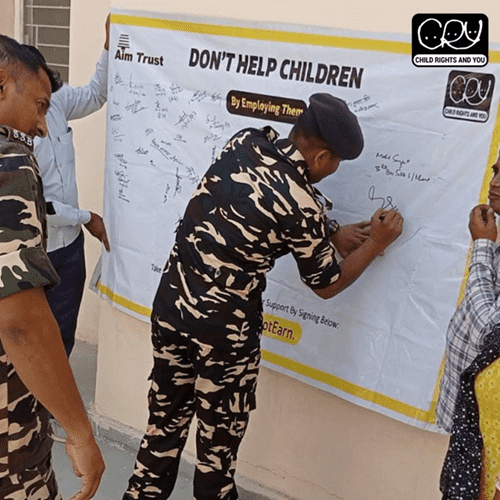
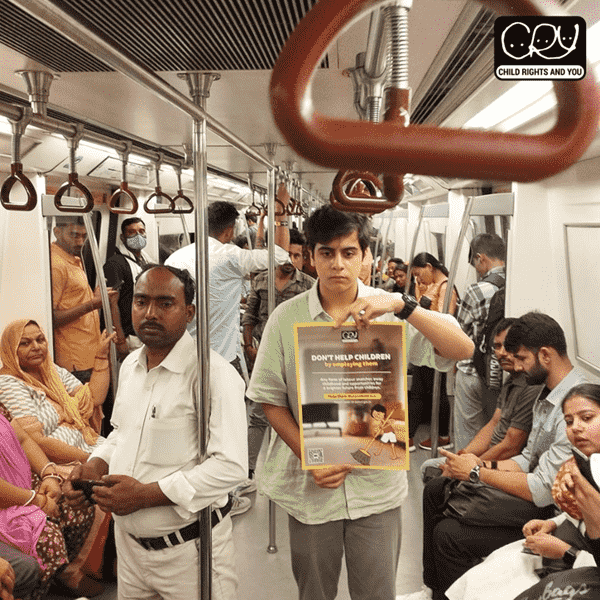
Eradicating child labour is a complex but achievable goal. It requires a multifaceted approach involving international cooperation, strong legislation, community empowerment, and corporate responsibility. We at CRY India are making significant strides in this direction, but collective action is essential. By working together, we can ensure that every child enjoys a safe, healthy, and education-filled childhood, free from the burden of labour. Let’s continue to support and participate in efforts to combat child labour and create a better future for our children.
This World Day Against Child Labour, you can also join hands with CRY to help stop child labour and ensure that underprivileged children across the country have happier childhoods. Donate now!